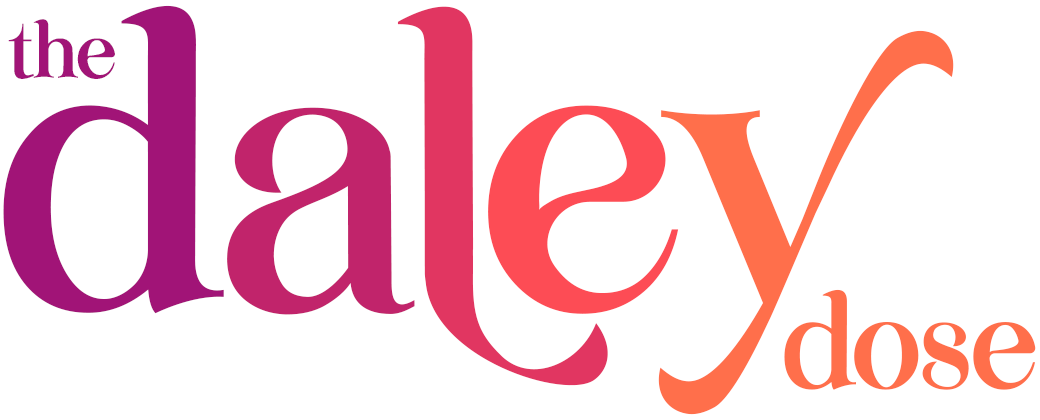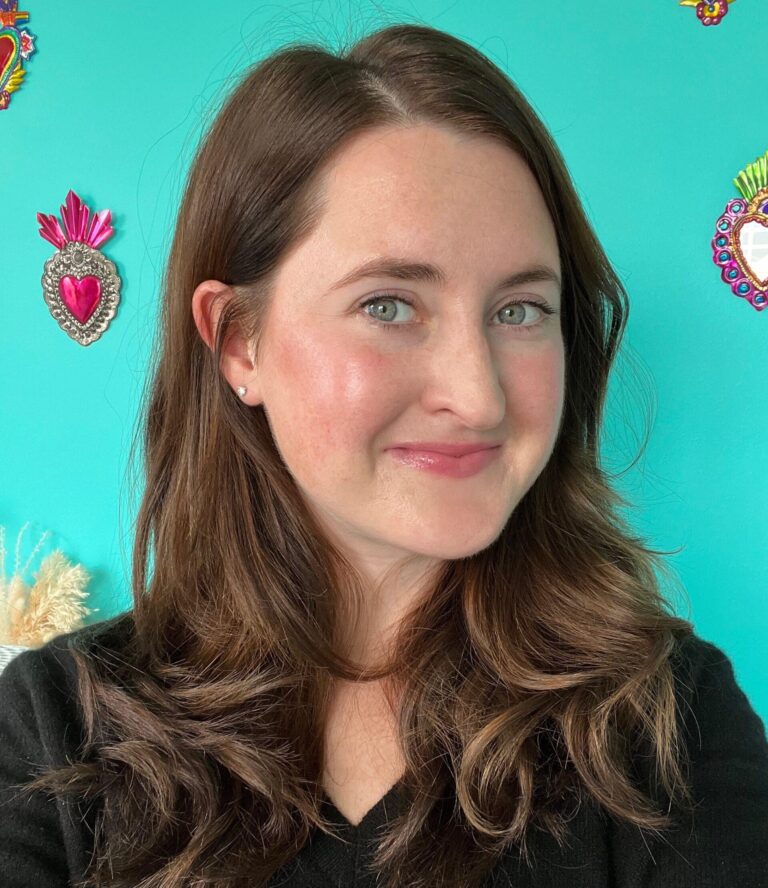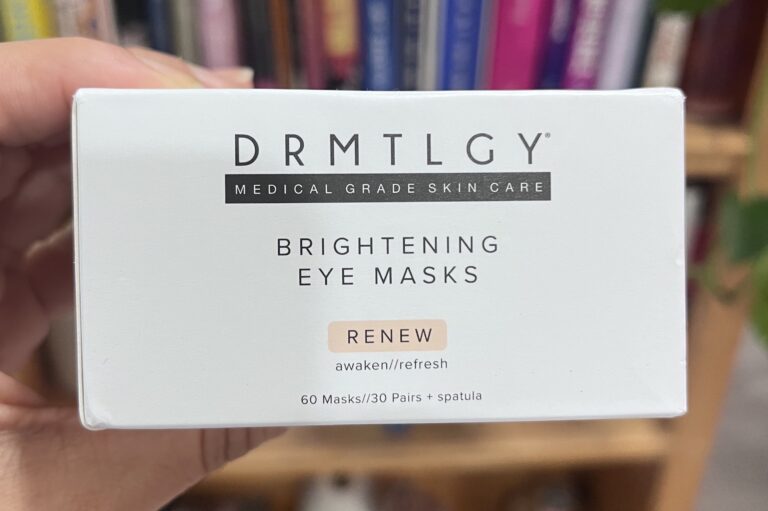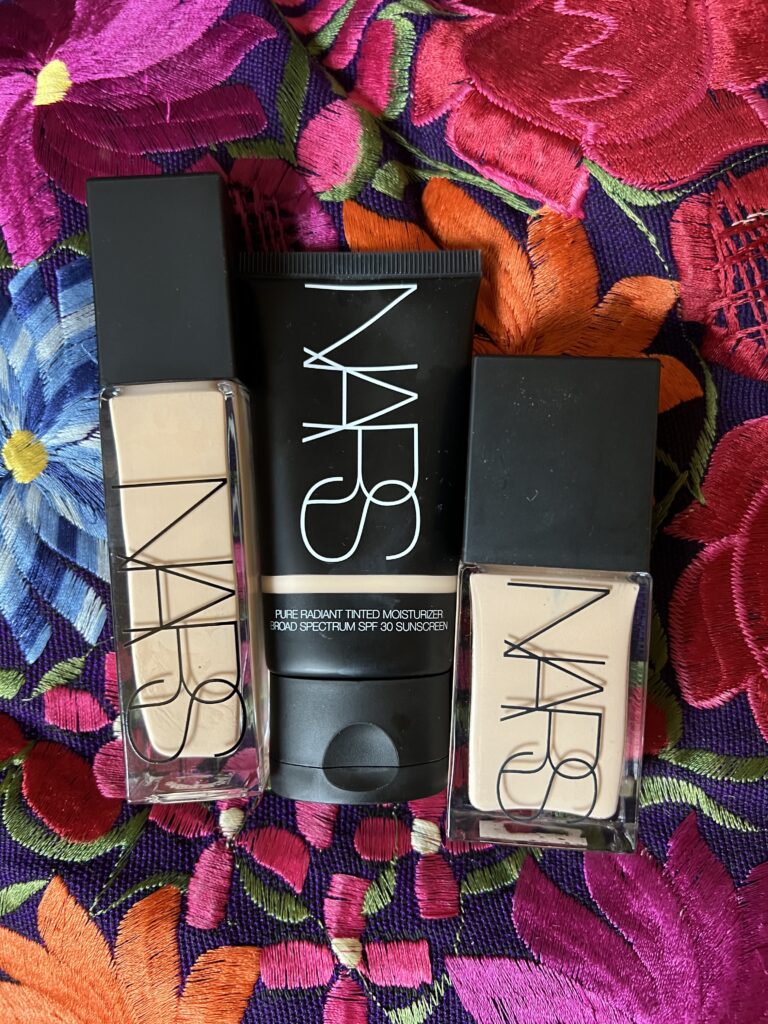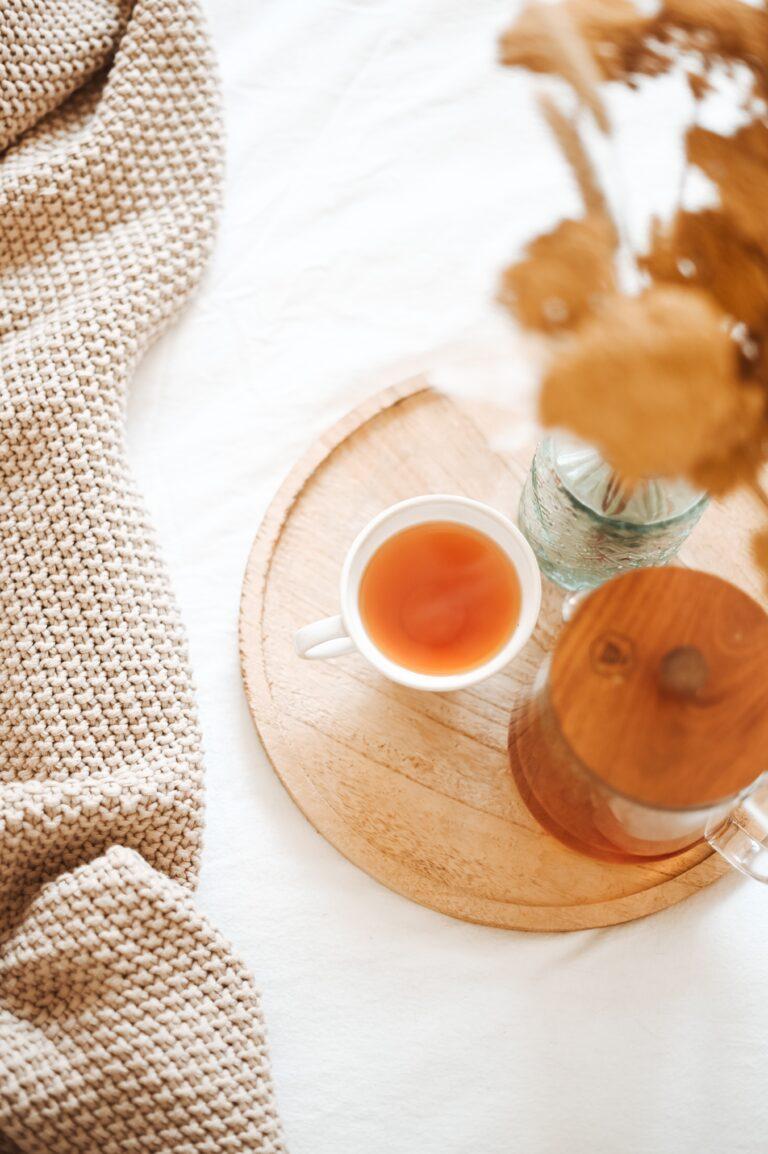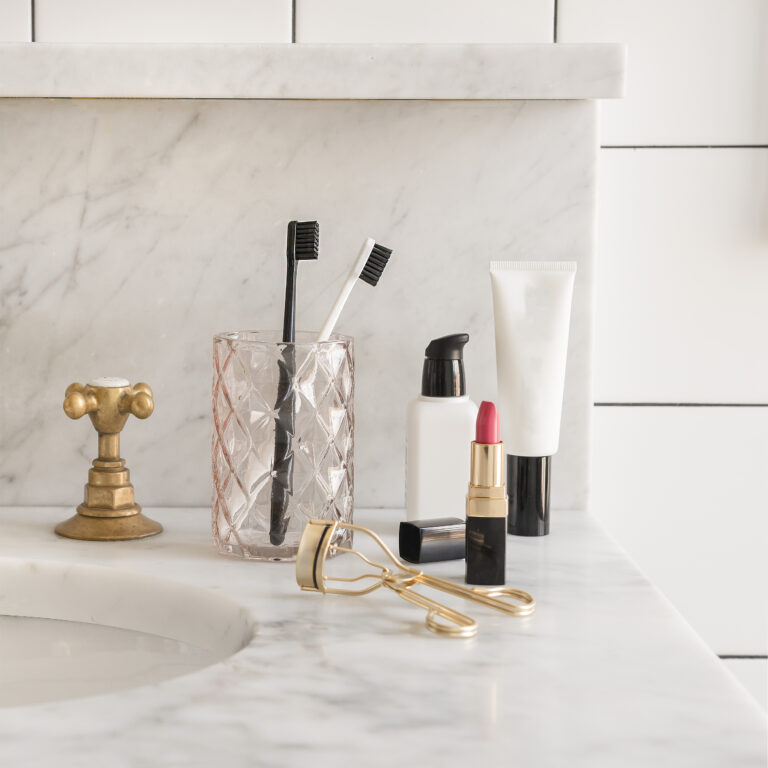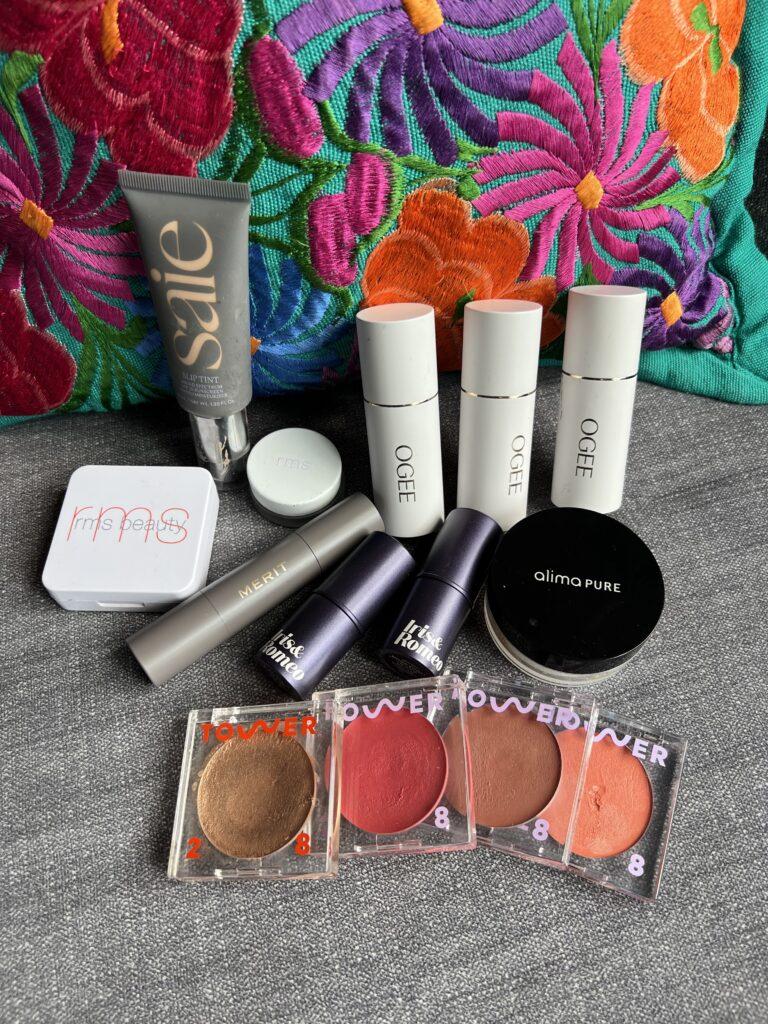Here’s Exactly How to Know if Your Hair is Healthy
Whether or not you realize it, your hair can be an indicator of your overall health. For instance, think of how it can be used to administer drug tests. Another great example is the genetic material that your hair contains. It stands to reason, then, that having healthy hair would also be a positive reflection of overall health. Plus, there’s something about shiny strands of hair that give you a confidence boost. That begs the question, though: How do you even know if your hair is healthy?
First things first, it’s crucial to understand the different signs that tell you something about the health of your hair. This is especially true when you consider that hair health looks different for each hair type and even different hair color. Read: Just because fine hair needs to be soft and glossy doesn’t mean that’s what coily hair should be.
With that in mind, keep reading to learn everything you’ll need to know to determine whether or not you have healthy hair.
How to Know if Your Hair is Healthy
In order to figure out whether or not you have healthy hair, it’d be helpful to know some of the signs that your hair is healthy. Below, we share five of the telltale signs that your hair is thriving.
5 Signs That Your Hair Is Healthy
Elasticity
The term “elasticity” refers to how far your hair can stretch before it goes back to its normal structure. You can stretch it with your fingers, a brush, or a heat styling tool. Having high elasticity is a sign of healthy hair because this allows your hair to return to how its usual shape. Unhealthy hair with low elasticity, on the other hand, tends to break or split when you touch it.
Minimum Breakage
In case you’re unfamiliar, you can detect hair breakage by looking for split ends, dryness, and chemical damage. If your hair feels dry or you notice a lot of split ends, there’s a good chance your hair is in need of some TLC. However, if your hair feels soft or sturdy, your hair likely has minimum breakage.
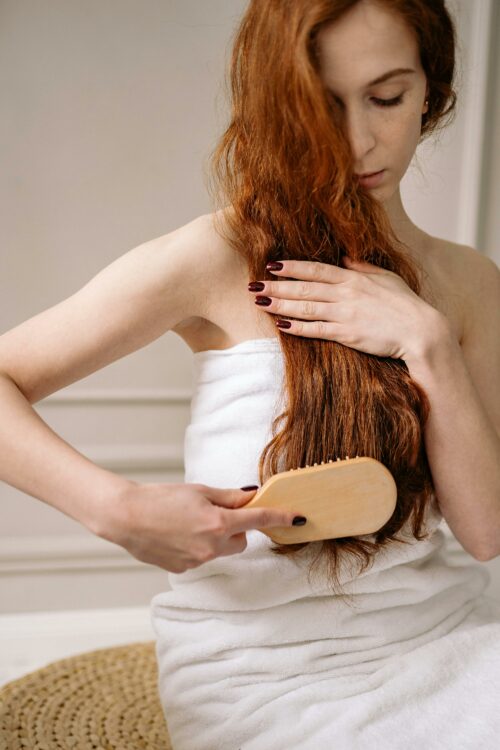
Detangles Easily
For the record, we’re not saying that your hair should never tangle. We’re just saying that unhealthy hair tends to be dry, which doesn’t afford the suppleness needed to untangle it. Conversely, healthy hair detangles easily because it holds the hydration and oils needed to make the hair malleable.
A Healthy Scalp
Considering that your strands grow straight out of your scalp, it stands to reason that a healthy scalp can signify healthy hair. To check whether or not your scalp passes the health inspection, you’re looking for a handful of things. First, you want to make sure your scalp isn’t too oily. Next, you’ll check for any itchiness, pain, pimples, sores, or scabs. From there, you should monitor how much your hair grows. And, finally, your scalp should be pink in tone if it’s healthy.
Your Hair Falls Out, But Not Too Much
Hair loss isn’t necessarily a bad thing. In fact—because hair is a living organism—some shedding is actually necessary. According to the Cleveland Clinic, it’s normal to lose about 50 to 100 hairs a day. If you’re losing more than this, it’s advisable to check in with your trichologist.
How To Get Healthy Hair
Eat Enough Protein
Remember how we said that hair is a living organism? That’s because our hair is made up of protein, which our bodies use to build the tissue necessary to make our hair, skin, and nails thrive. To help you get started on your boosted protein intake, consider eating protein-rich foods like chicken, cottage cheese, eggs, lentils, and salmon.
Incorporate Zinc Into Your Diet
While your hair is made up of protein, zinc is what helps keep it strong. For example, it can maintain hair follicle structure, boost keratin production, and regulate the oil glands in your hair follicles. Eggs and lentils are protein- and zinc-rich, and cashews, dark chocolate, spinach, and pumpkin seeds are high in zinc.
Choose the Right Hair Products
It might not come as an utter surprise that the hair products you chose can determine whether or not you have healthy hair. Let’s say you have an oily scalp and use products for a dry scalp. This may just exacerbate the oiliness of your scalp and lead to other hair issues. To pick the right hair products for you, consider your hair type and hair concerns. When in doubt, visit a beauty store and ask someone who works there.
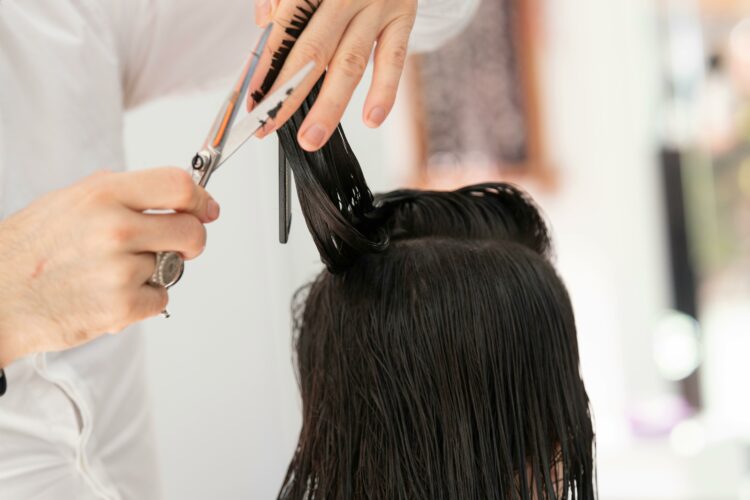
Get Regular Haircuts
I used to always be scared of getting regular haircuts because I thought my hair would never grow. But the trust is that regular trims help with hair growth. Moreover, it’s always a good idea to get a haircut if your hair is damaged. Think of how you’d prune a plant from dead leaves to allow new ones to grow.
Wash Your Hair Once a Week
Though you certainly don’t want to overdo it, it’s crucial to wash your hair. Think about it: Your hair absorbs grime, pollutants, and debris from your environment. To clear that out of it, your only option is to wash it. Plus, during the summer months, some of us may wonder how to protect hair from chlorine damage. Having a once-a-week wash day is your best bet. Otherwise, you risk letting that grime fester and potentially lead to hair or scalp issues.
Use Heat Protectant
Of course, not everyone heat-styles their hair. But if you do, we can’t stress enough how important it is to add heat protectant to your strands. This will help prevent heat-related breakage, like split ends and frizz. And don’t worry. If you have kinky coils, we rounded up the best heat protectant for natural hair.
